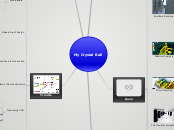My Crystal Ball
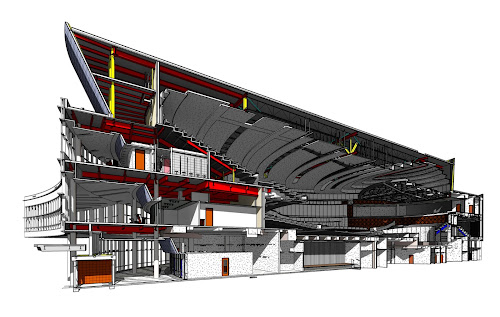
Now
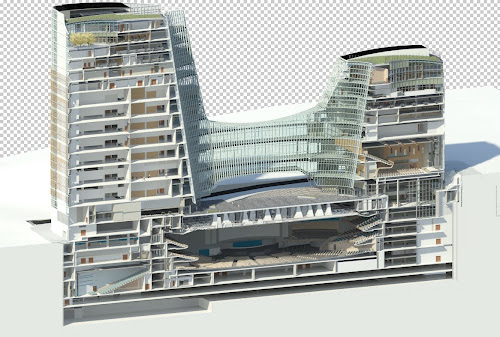
BIM
Its here, its now, so who here is using it?
It's also the foundation for our future...
Design vs. Construction Models
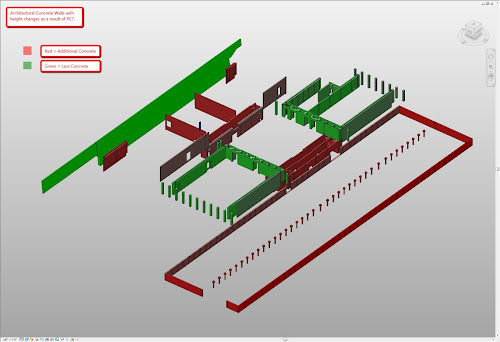
BIM based Estimating
Quantites are a natural byproduct of BIM
Using these is no different than using drawings, napkin skethces, etc...

CNC Fabrication
This is how a vast majority of the things we use get made.
AEC is behind the curve, but catching up.
Subs have been doing this for years, and we only now have a process to support them.
Nothing is stopping us from taking control and leading this process to get better results.
Prefabrication
Prefabrication is already the norm for many project types or scopes.
It has some serious benefits to cost, schedule, quality, etc...
The only real downside is that it requires more planning.
3D Printing
A great Design tool
A great sales tool
Really, just a toy for AEC
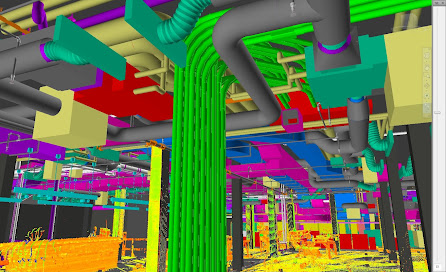
3D Coordination
Nothing more than coordinating using current technology.
Not sophisticated anymore.
Prefab is the key to capturing value.
Expanding scopes.
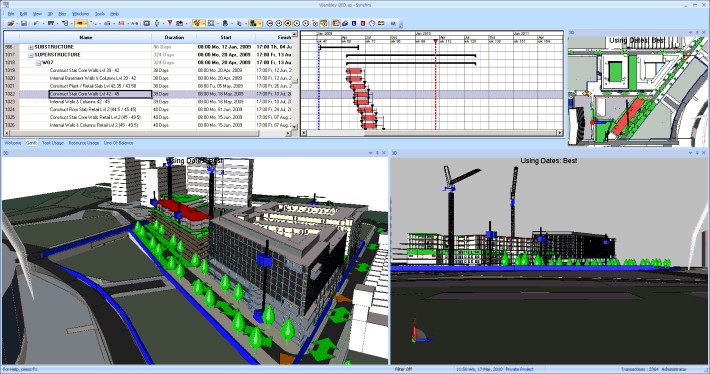
Scheduling
4D Scheduling is just associating the tasks and their time spans with 3D opjects.
Communication
Schedule Analysis and Optimization

Laser Scanning
Bridging the gap between our virtual buildings, and the real ones.
Already cheaper than most alternatives in the long run
If you aren't using them, it's time to start.

Barcodes and QR Codes
Not just for your grocery store anymore.
For any manufactured/installed item, it is a way to link BIM with Reality
Somewhat limited built in data, dependent on links
Not a lot of "Killer Apps" yet.

Discrete Energy Analysis
Being pushed into the hands of designers
Not just for engineers anymore
Graphics-centric tools for communication
Accuracy is highly questionable

Field Use of BIMs
The last place BIM doesn't tread heavily.
The concepts are there today, but the hardware and software isn't
Changes over the next two years will make BIM accessible to anyone, anywhere, at any time, on any device.
Tools and workflows will follow

Soon

BIM 2.0
The rise of social-awareness in BIM objects
Full parametric relationship support across objects and files
Some ability to link objects across format types
This is what is required for collaboration to really work

Realtime Rendering
The technology is here, for other industries (low poly counts).
Opens up a whole new world for designers.
Communication with clients, etc...
Very expensive software, very expensive hardware
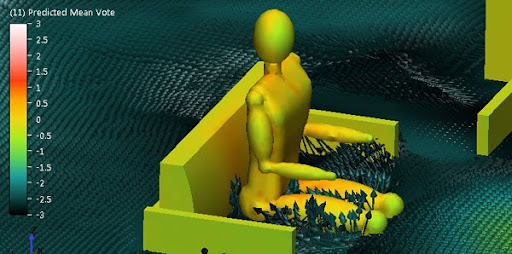
Detailed Analysis
Really, this is just a refinement of the generalized analysis tools we have now.
Current tools are built on last generations data sources
Building Analysis based on detailed BIMs
Enabled by continued improvements in computation / data.
Enabled by growing sub-metering
Micro Metering
Sub-metering is no longer enough detail
Think thousands of sensors in a single building
Micro-metering provides individual level feedback on building performance
Or object level information on system performance

The Cloud(s) are gathering
Cloud computing becomes monetized (not just Beta anymore).
Software as a service for emerging technologies, learn to subscribe.
Unlimited Computing* brings some computations down to earth, at a cost.
Collaboration is changing, as is ownership of information.

Photogrammetry/Videogrammetry
Supplementing or replacing laser scanning
Allows ubiquitous and real time data capture
Can truly bring the virtual and physical worlds into parity
Just another type of sensor

RFID / NFC
Why scan something when you can just know?
On demand reporting
Live tracking with jobsite sensors
Can call up a wealth of information

3D Fabrication
Tools already exist in manufacturing to 3D print finished goods.
This will expand to AEC allowing custom fabrications with complexity / detail not previously affordable.
Will this usher in a new era of ornamentation?

Not Soon Enough

Mass Customization Processes
Mass Customization is easier for our industry than for manufacturing
We already make one-off custom products
For us, this is a way to lower the cost and time required to deliver what we already deliver

Robotic Installation
Some trades will have their work replaced by machines out on the jobsite
Union pressures, decreasing talented labor pools, increasing cost of labor, etc...
Decreasing cost of robotics and other mechanized production tools
Software is rapidly developing to help machines "learn" techniques and processes

Building Fabrication Process Consolidation
Wherever possible, processes that can be melded will be
If you can fabricate in 3D, and Install robotically, why not fabricate on site in the final installtion location?
More will be done virtually up front, and actual construction will occur more rapidly on the back end after all the details are worked out

Environment Simulation
Discrete Analysis will give way to wholistic environment simulations.
Provides multiple levels of simulation feedback
Visualization of compounding decisions
Design in Analysis environments

Single Model Database
Many modeling tools will access a single database
This will support multiple definitions of objects
Multiple LODs
Fully parametric linkages
Reduce cross platform compatability issues
Enable many additional workflows

No More Drawings
Drawings will be orphaned as a means for Fabrication
Not needed for installation
Already orphaned for coordination and design.
And will be orphaned for code review / permiting
So, why waste time making them anyway?
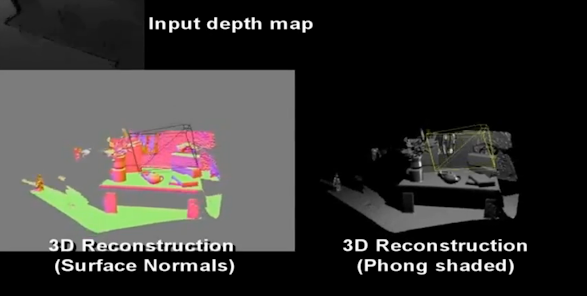
Realtime Reality Capture
Hardware and software advances
Supports a fundamental merger between the virtual and phyisical "existence" of objects.
Massive data flows requiring advanced compression and storage tools.
Construction monitoring, etc...

Local Positioning Systems
The problem is accuracy
Required for automated robotic installation or in-situ fabrication
Supports VR or VA interfaces
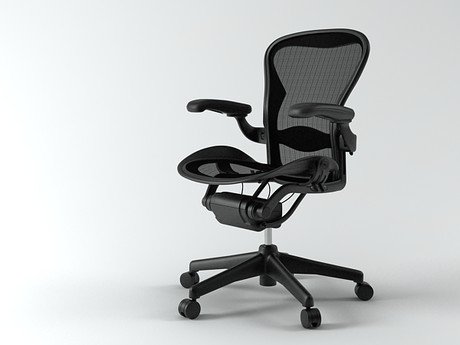
Networked Objects
Chairs, VAVs, and even toilet paper rolls will eventually become networked.
IPv6
Mimic the progress of BIM from self-awareness to social-awareness.

Visual Augmentation
Fancy way of saying your glasses or contacts have displays integrated.
Superimposition of useful information in your FOV.
Let's you see what isn't there yet.

Soapbox
BIM
State = Completeness
Scale = LOD
Model = Analysis
</ "BIM Model">
Integration
Enterprise vs. Collaboration
Vertical vs. Horizontal
Sustainability
Ranking Systems don't really matter
All about lifecycle

Trends
Risk/Reward
Risk will continue to migrate downstream to contractors and subcontractors.
With risk goes reward, so to make money, you have to take on risk, not place it on others.
With less money for design, drawings will continue to have less information, and less coordination.
Ownership of Design
Cloud Computing
Contractual changes
Design as a "service"
Buildings as a "product"
IP/Patent reform
Incentives for Innovation
New contract structures MUST encourge innovation
Change will not occur unless it is rewarded
This is where DB / IPD can really add value
Renovations / New Construction
Increasing focus on rehabbing current building stock
What to do with no BIMs?
Driven by economy, and sustainability.
Increasing LOD
Will continue to place demands on available hardware and software.
Model more, earlier...
Who has the time (or fee) to do this modeling?
How do you manage so much information?
Unlimited / Cloud Computing
What is the cloud REALLY about?
Unlimited processing power
Collaboration
Will be a subscription cost (SAS)
Who owns the data?
Continual Education
Technical skills have a short life span
I am proficcient in about 15 different professional software tools
In ten years, I'll need to know about 50
And the 15 I know will be gone
